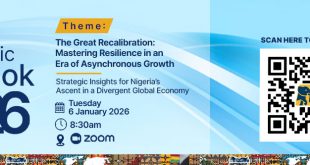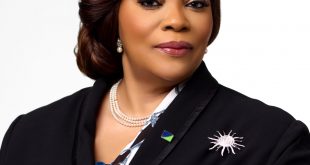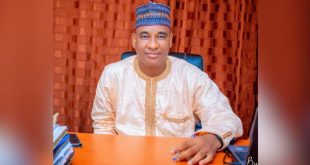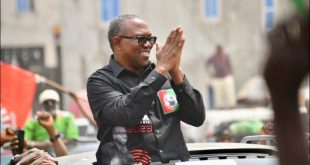
The World Bank
This was an increase from the $13.93bn debt recorded by the Debt Management Office as of December 31, 2022.
The IBRD lends to governments of middle-income and creditworthy low-income countries, while the IDA provides concessionary loans – called credits – and grants to governments of the poorest countries.
The data obtained from the Washington-based bank showed that Nigeria had a debt of $488.66m from IBRD and $13.85bn from IDA as of March 31, 2023.
The PUNCH observed that the first World Bank loan was acquired in the fiscal year of 1947, according to data from the World Bank.
Since that period, Nigeria has acquired a total of $7.49bn from IBRD and $26.17bn from IDA.
It was also observed that about $7.29bn had been repaid on the loans, with $7.86bn yet to be disbursed by the bank.
The data also showed that about $3.28bn approved loans were further cancelled.
The DMO recently defended the debt from the World Bank.
The PUNCH recently reported that Nigeria’s borrowing from the World Bank rose by 121.46 per cent under the regime of the President, Major General Muhammadu Buhari (retd.).
The PUNCH learnt that the total debt owed to the World Bank Group by Nigeria rose by $7.64bn.
The DMO, in a statement, noted that the borrowing from the World Bank’s IDA was a positive development for Nigeria.
“By accessing IDA funding, the Government is actively reducing debt service costs, since non-concessional funding is usually more expensive and for shorter tenors. Indeed, it will be inefficient for Nigeria to borrow from commercial sources when concessional funding sources such as IDA is available.”
The DMO said that it is a plus that Nigeria qualifies for such loans.
It added that borrowing from the IDA aligns with Nigeria’s Medium-Term Debt Management Strategy (2020-2023), which requires the country to “maximize funds available to Nigeria from Multilateral and Bilateral sources in order to access cheaper and long-tenored funds.”
 DailyrecordNg …Nigeria's hottest news blog
DailyrecordNg …Nigeria's hottest news blog








